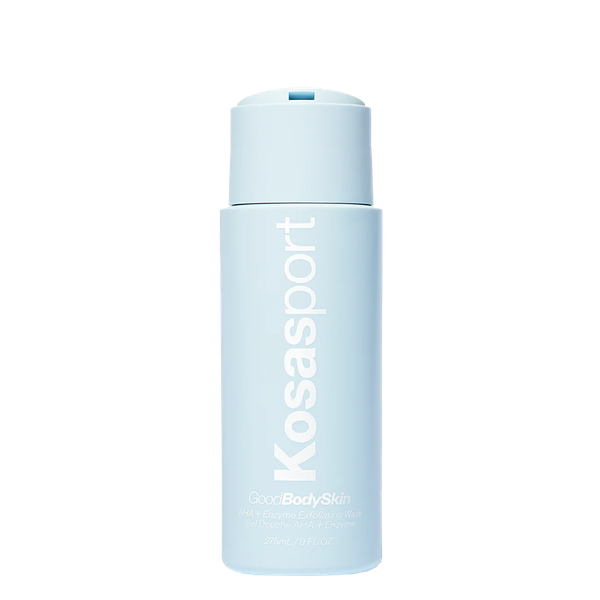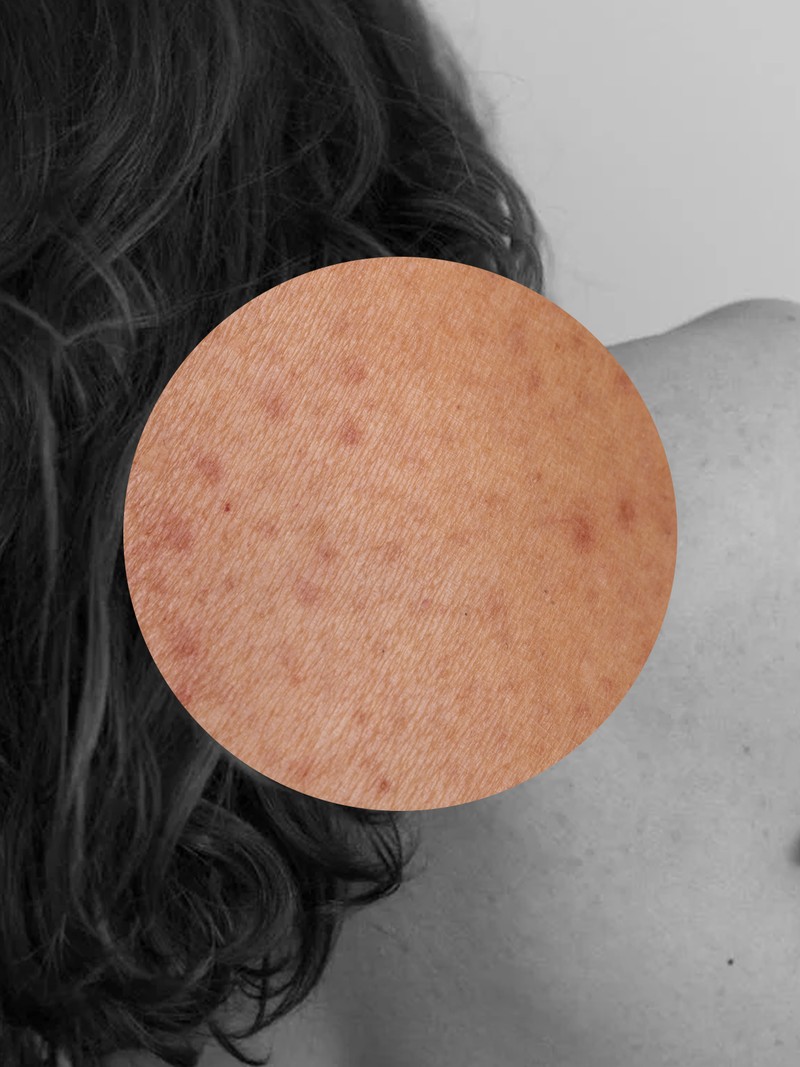
The Tips, Treatments & Best Products For Treating Keratosis Pilaris
KP Is Harmless But Persistent
"Keratosis pilaris is a condition where the skin – typically on the upper arms, thighs or buttocks – becomes rough, red and bumpy. It happens when hair follicles become blocked with a build-up of keratin, and although it’s usually confined to these areas, it can sometimes show up on the forearms and lower legs too.” – Dr Sophie Shotter, aesthetic doctor
“Keratosis pilaris happens when skin cells aren’t turning over properly, which leads to blocked hair follicles. The bumps are usually 1-2mm in size and often skin-toned or red. They feel rough, like goosebumps, and can knock your confidence.” – Stewart Long, skincare expert for sensitive skincare brand Oodee
It’s More Common Than You Might Think
"Nobody knows exactly what causes the keratin build-up, but it’s thought to be genetic. It’s incredibly common and tends to appear in childhood, getting more obvious during adolescence. In some cases, it continues into adulthood. It often follows an autosomal dominant inheritance pattern, so there’s a one in two chance of a child developing it if a parent has it.” – Lucy Mitchell, head of brand at Ameliorate
Hormones, Weather & Even Clothes Can Affect It
"KP can worsen in pregnancy due to hormonal fluctuations and can also get worse during hay fever season." – Sophie
"Cold weather can dry out the skin, making the bumps feel more textured. Tight clothing is a common trigger too – friction from seams or fitted styles can aggravate it, so looser silhouettes are always better if it's flaring up.” – Lucy
There’s A Right & Wrong Way To Treat It
"KP often clears up on its own by the time you’re in your 30s or 40s, but if it’s persistent, the best way to manage it is with a consistent routine. Moisturise regularly using creams that contain AHAs or BHAs – just be careful, as these ingredients can increase your skin’s sensitivity to the sun.” – Sophie
“Opt for chemical exfoliants like lactic or salicylic acid and follow up with moisturiser to soften the skin.” – Dr Alexis Granite, dermatologist
“Lactic acid is key for treating the condition as it helps to loosen and remove dead skin cells by breaking down excess keratin. Using mild and unperfumed soaps helps too as does patting your skin dry rather than rubbing it.” – Lucy
Scrubs & Gloves Can Make Things Worse
“When treating it, avoid using gritty body scrubs or exfoliating gloves. These can trigger inflammation and even eczema.” – Alexis
“Squeezing the bumps is like squeezing a spot – it can cause inflammation and damage the pore, so it’s best avoided.” – Sophie
Consistency Is Everything
“If you stop using a good exfoliating moisturiser, it’s likely KP will return. It’s a condition that requires ongoing maintenance if you want to keep it at bay.” – Sophie
“Pat your skin dry after a shower instead of rubbing it and apply moisturiser while the skin is still damp to help lock in the added hydration. The skin on your body needs a consistent routine just like the face – but it’s something most of us forget.” – Alexis
There Is The Option To Try Something Stronger
“Medical skin clinics can offer chemical peels, which may help if the condition is more severe.” – Sophie
“Your GP may prescribe a retinoid or a mild steroid cream if there’s visible redness – but hydrocortisone should only be used short term, for example ahead of a special event.” – Dr Susan Mayou, consultant dermatologist at the Cadogan Clinic
There’s No Miracle Diet But Supplements Can Help
“There’s no miracle diet for KP. Gluten is often viewed negatively in the context of skin issues but there’s no evidence to support that – and cutting it out unnecessarily can impact your gut health and nutritional balance.” – Sophie Medlin, dietitian
“A high-quality omega-3 supplement along with vitamins A, D and K2 can help keep the skin supple and support keratin regulation.” – Sophie
SHOP THE PRODUCT EDIT
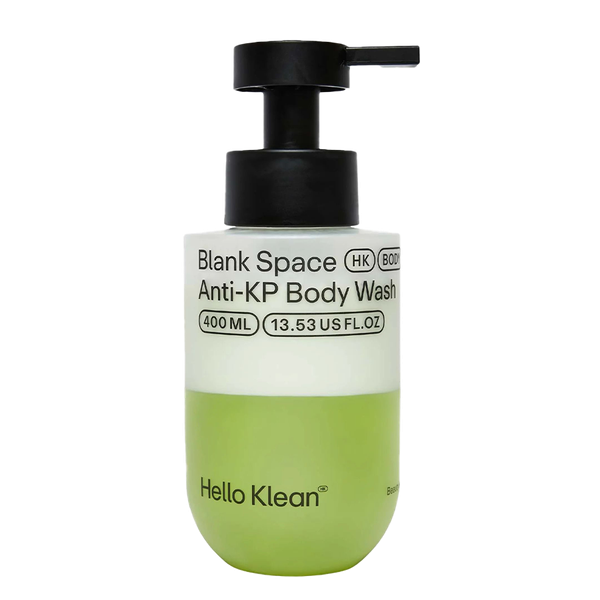

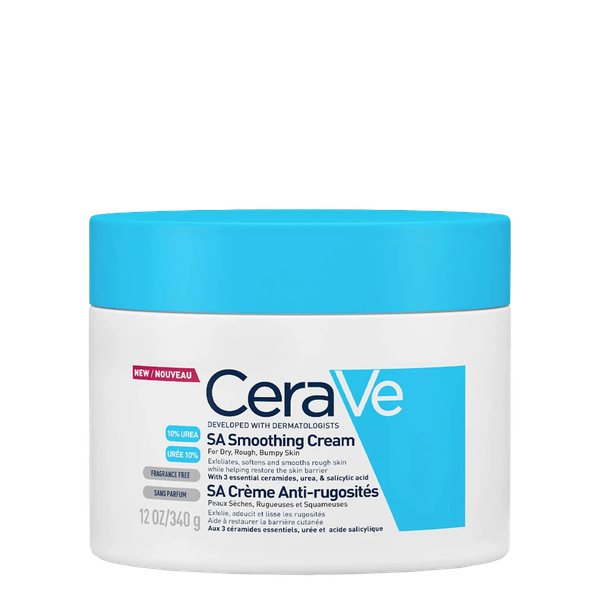
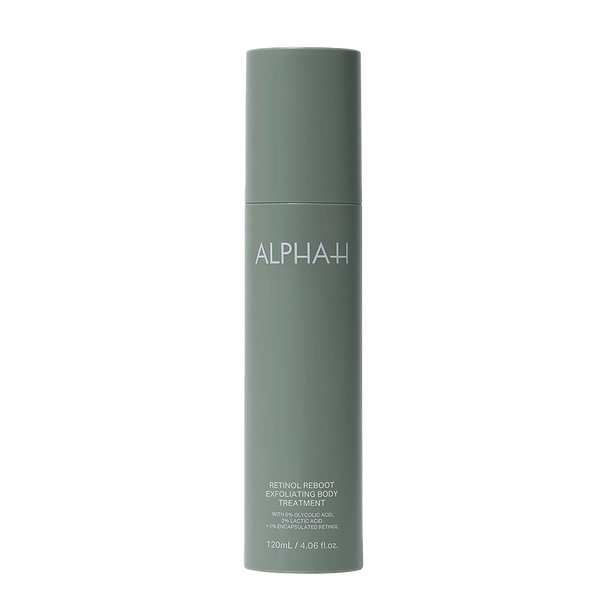
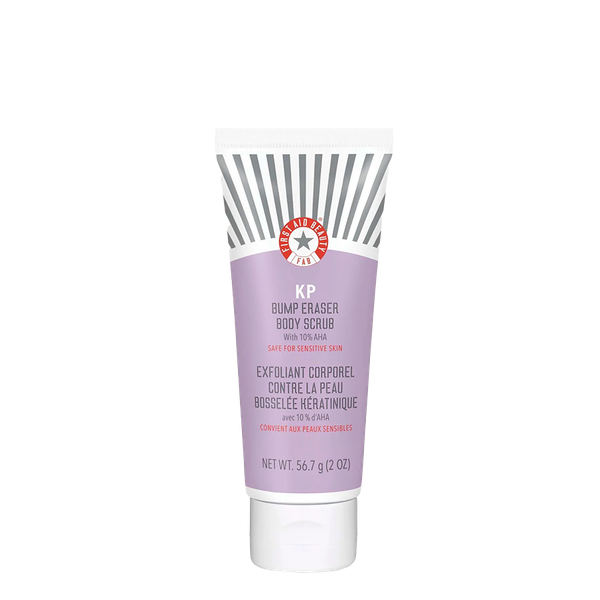
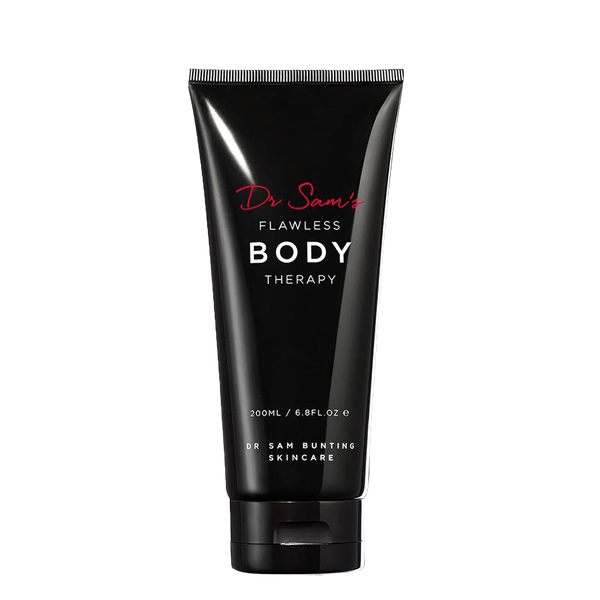
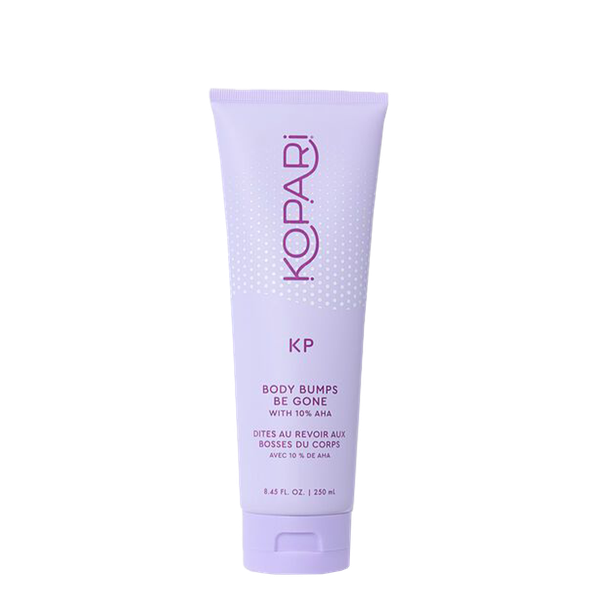
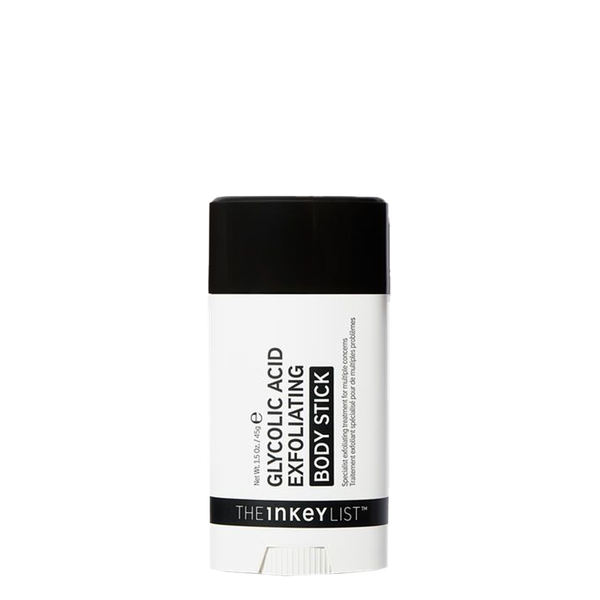
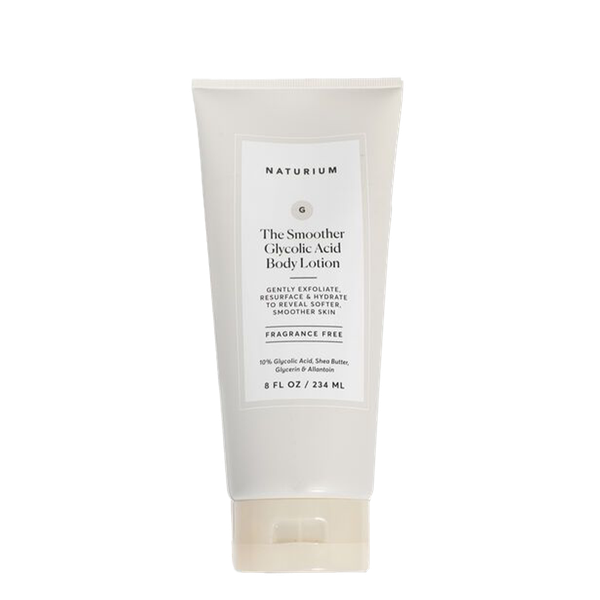
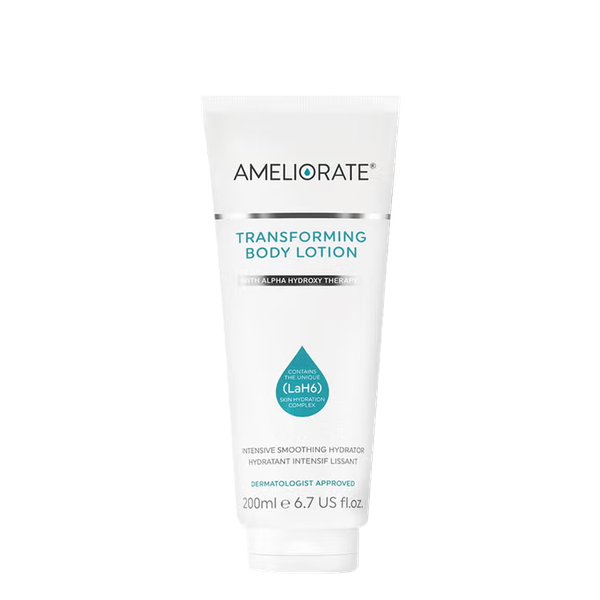
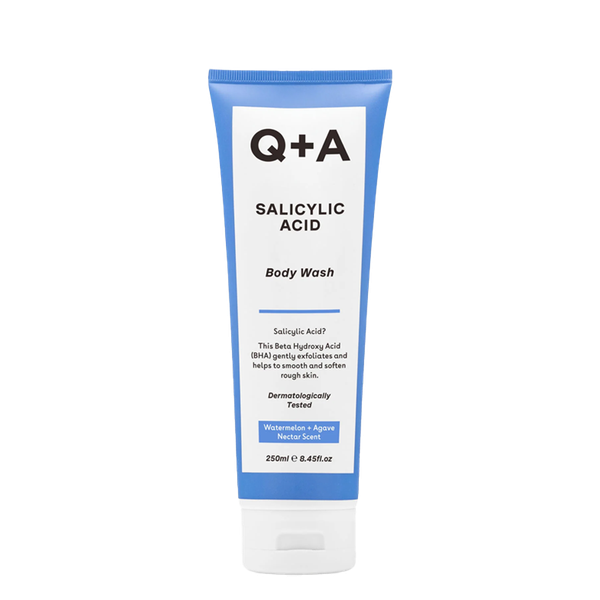
DISCLAIMER: We endeavour to always credit the correct original source of every image we use. If you think a credit may be incorrect, please contact us at info@sheerluxe.com.
